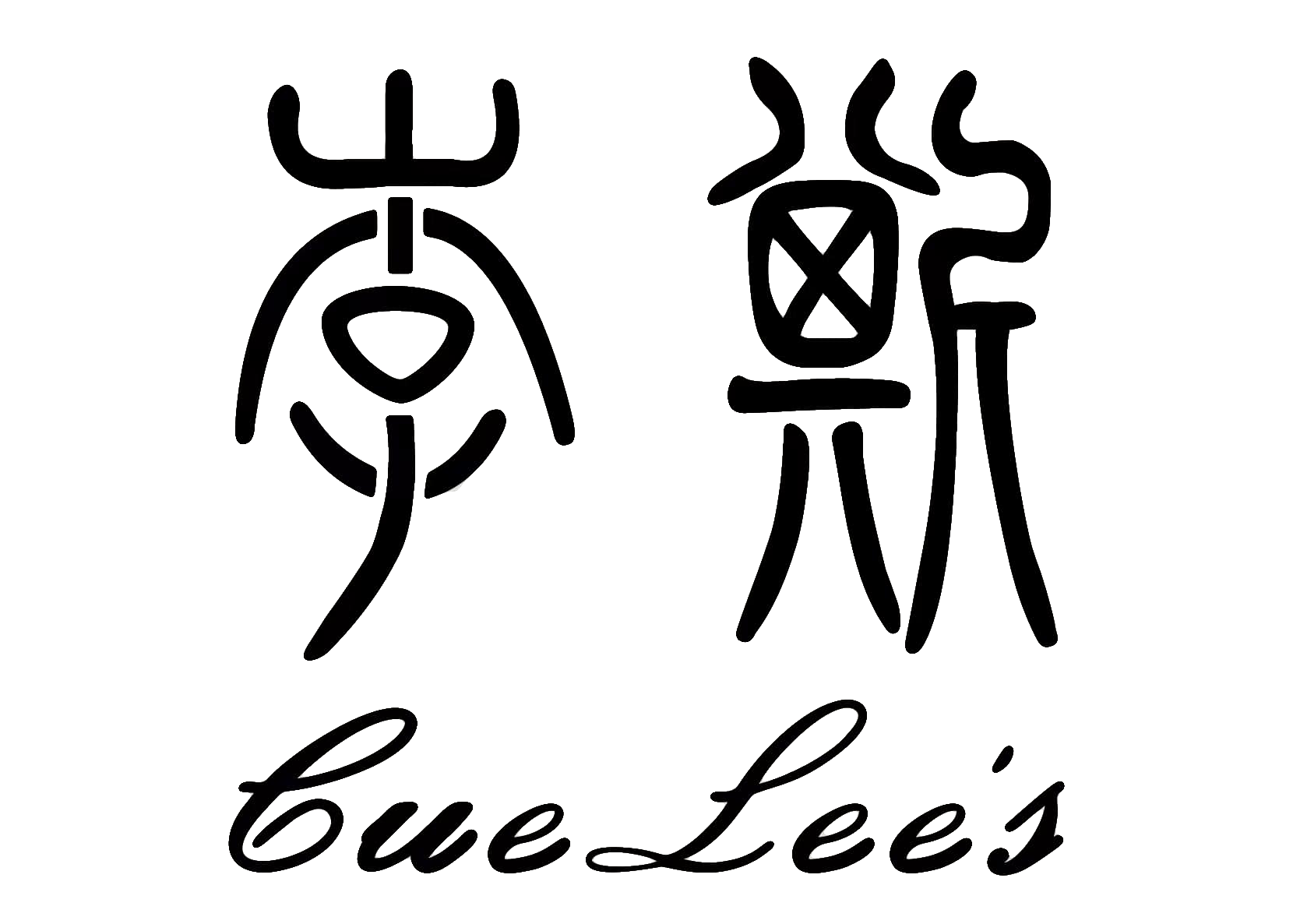Choosing your first pool cue as a beginner is an important step in your billiards journey. The right cue can significantly improve your learning experience and help you develop proper technique from the start. For beginners, focus on selecting a cue with comfortable weight (19-20oz), standard length (57-58 inches), and quality materials like maple or ash. A medium-tip hardness provides versatility, while a straight, warpage-free shaft ensures consistency.
Understanding pool cues
A pool cue is more than just a stick to hit balls—it’s the primary tool that connects you to the game. Selecting the right billiard cue for beginners can dramatically impact how quickly you improve and how much you enjoy playing.
Pool cues typically consist of four main parts: the butt (the thicker end you hold), the shaft (the thinner portion that contacts the ball), the ferrule (a small collar, usually white, near the tip), and the tip itself (the leather portion that strikes the ball). Each component serves a specific purpose in the cue’s performance.
For beginners, understanding these basics helps you make an informed choice. A well-balanced cue with proper construction will provide more consistent shots, better feedback, and fewer miscues, allowing you to focus on developing fundamental skills rather than compensating for equipment shortcomings.
What weight of pool cue is best for beginners?
For beginners, a pool cue weighing between 19-20 ounces (oz) offers the ideal balance of control and power. This middle-range weight provides enough heft to deliver solid shots without requiring excessive force, helping new players develop proper technique.
Pool cues typically range from 18-21oz, with each weight offering different advantages:
- Lighter cues (18-19oz): Provide greater finesse and English (spin) but require more precise stroke control
- Medium cues (19-20oz): Offer balanced performance suitable for most beginners
- Heavier cues (20-21oz): Deliver more power with less effort but can inhibit developing a smooth, controlled stroke
As a beginner, the medium weight range helps you learn consistent cue ball control while still providing enough momentum for effective shots. Once you’ve developed your fundamentals, you can experiment with different weights to find what best suits your evolving playing style.
How do you choose the right cue length?
The standard pool cue length of 57-58 inches works well for most beginners. Your height and arm length should determine the ideal cue size, as proper length ensures comfortable positioning and natural stroke mechanics.
Here’s a simple guideline for choosing cue length:
- Standard 57-58 inch cues: Suitable for players of average height (5’8″ to 6’2″)
- Shorter 52-54 inch cues: Better for shorter individuals or younger players
- Longer 58-61 inch cues: May benefit very tall players
The right length allows you to maintain a comfortable stance with your bridge hand (the hand supporting the cue) at an appropriate distance. Too short, and you’ll need to extend uncomfortably; too long, and you’ll struggle with control and maneuverability, especially in tight spaces.
When testing a cue, ensure you can maintain a relaxed stance throughout your stroke while keeping your bridge hand steady. This natural positioning helps develop consistent technique from the beginning.
What materials should beginners look for in a pool cue?
Beginners should look for cues made from maple or ash woods, which provide excellent durability, straightness, and value. These traditional materials offer reliable performance without the higher costs of premium options.
Common cue materials include:
- Maple: The most popular choice, offering excellent durability and hit consistency
- Ash: Slightly more flexible with distinctive grain patterns, good for developing feel
- Fiberglass/Graphite: Low-maintenance and resistant to warping, ideal for humid environments
- Carbon Fiber: Premium material offering superior performance but at higher prices better suited for advanced players
For the wrap (the material covering the butt), beginners should consider:
- Irish linen: Classic material offering good grip and moisture absorption
- Rubber: Provides excellent grip in all conditions
- No wrap (smooth): Allows direct feel of the wood but can become slippery
The most important quality for beginners is straightness. Roll the cue on a flat surface to check for warping—even slight curves can significantly impact accuracy and make learning proper technique more difficult.
Selecting your first pool cue
When choosing your first pool cue, focus on these essential factors: a medium weight (19-20oz), standard length (57-58 inches), quality materials like maple or ash, a medium-hard tip, and a price point that balances quality with value (£50-150).
Always check for straightness by rolling the cue on a flat surface, as even slight warping will affect your shots and development. Consider the grip that feels most comfortable in your hands, whether that’s Irish linen, rubber, or a smooth finish.
Remember that consistency is crucial for improvement—playing with the same cue helps you develop muscle memory and a feel for how the cue responds. While house cues vary widely in quality and condition, your personal cue remains a constant as you build your skills.
Ready to find the perfect beginner cue? Explore Biljardi247’s selection of quality pool cues specifically chosen to help new players develop proper technique and enjoy the game from day one. Whenever possible, try holding different cues before purchasing to ensure the weight, balance, and grip feel natural in your hands.










